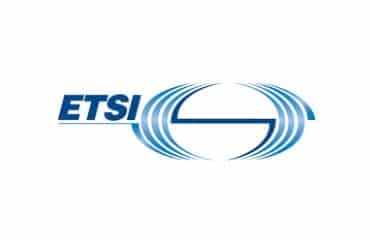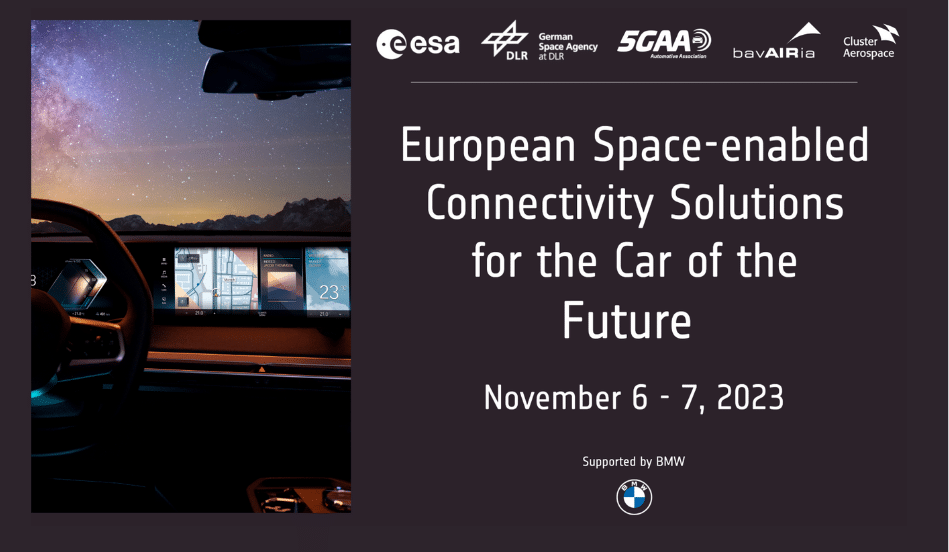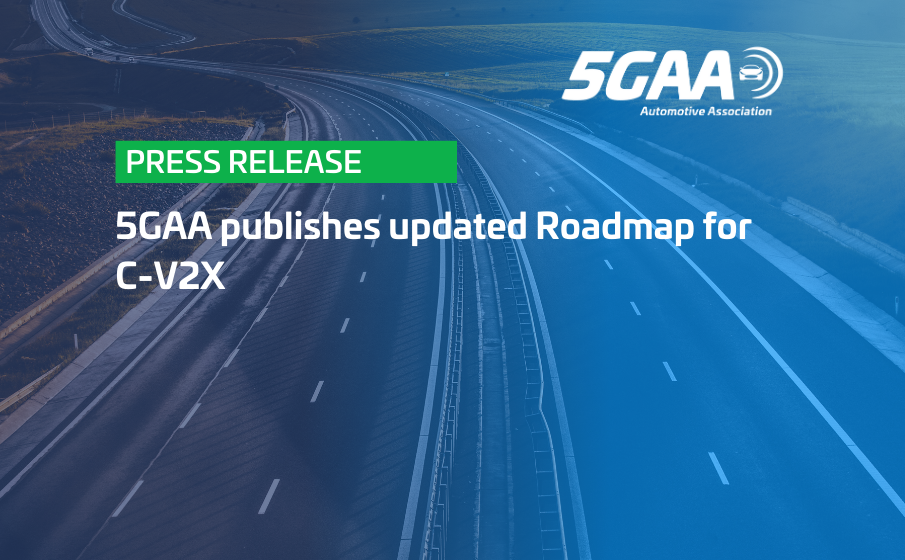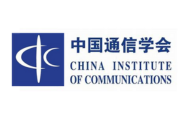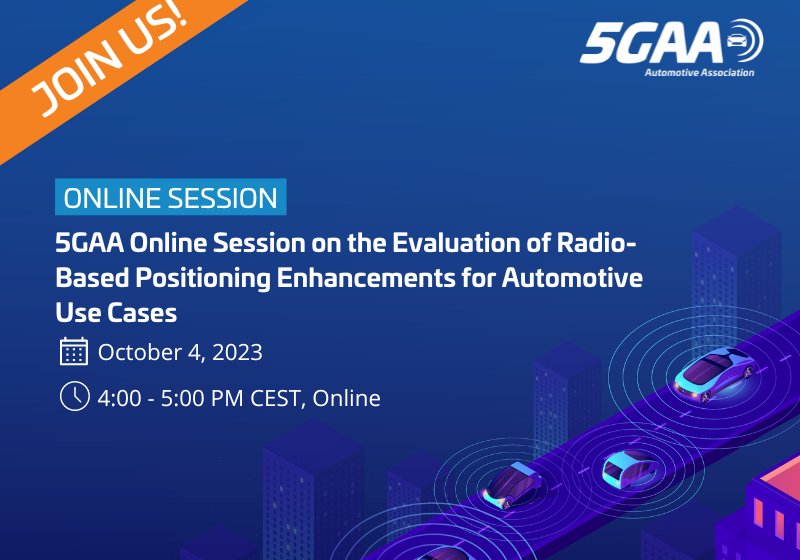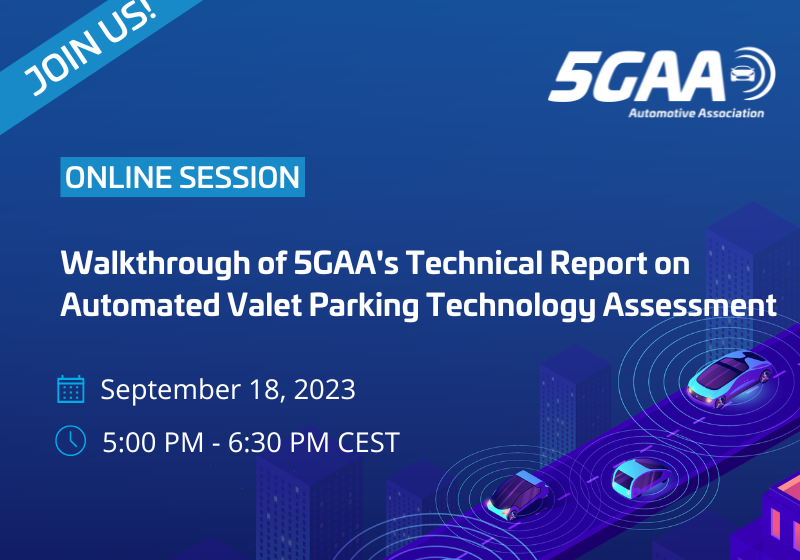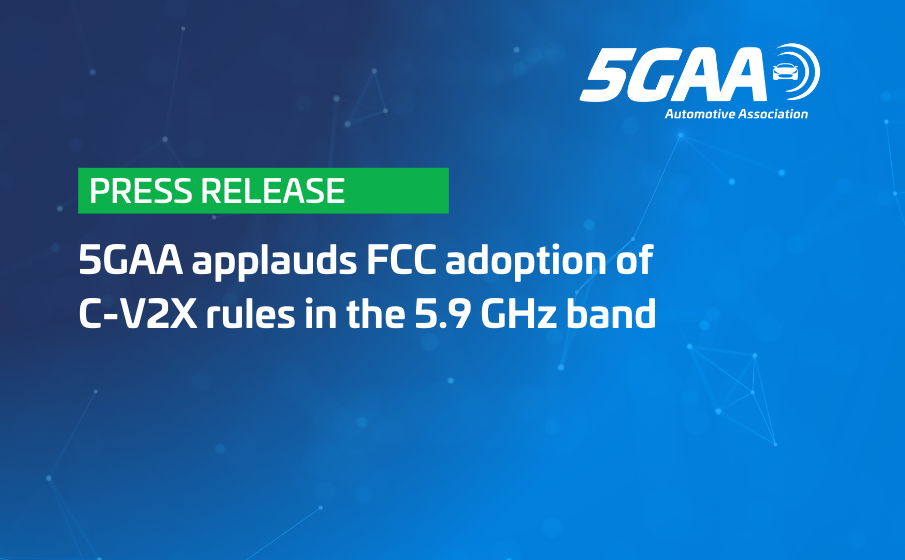BRUSSELS, 3 December 2024 – The 5G Automotive Association (5GAA) has sketched out an upbeat vision for better transportation safety, efficiency and sustainability with the third edition of its Roadmap for advanced driving use cases, connectivity, and technologies.
The 24-page Roadmap III builds upon a 5GAA white paper first published in 2020 and updated in 2022. It includes both a summary of market and technological developments since the last report as well as a forecast of the market readiness and roll-out of connected mobility technologies through 2030, with a focus on cellular-vehicle-to-everything (C-V2X) technology.
Thanks to the rapid expansion of cellular networks worldwide, about 300 million vehicles, including about two-thirds of all cars sold in the world’s major automotive markets, are now “connected.” Moreover, road and other infrastructure owners and operators have continued to expand a network of roadside sensors, traffic lights and other devices that help make transportation smarter, safer—including for pedestrians, cyclists and other vulnerable road users—and more sustainable.
While most vehicles and infrastructure to-date have relied on C-V2X technology to communicate with one another via cellular networks, the Roadmap also sees a growing role for “direct” vehicle-to-vehicle and related communications as soon as two years from now. 5GAA expects 5G-V2X Direct-enabled vehicles and related services to begin to be mass-deployed between 2026 and 2029, starting in Europe.
In addition, the third edition of the Roadmap for the first time describes a timeline for new use cases enabled by non-terrestrial networks and advanced Multi-Access Edge Computing (MEC). Satellite connectivity could help guarantee ubiquitous service in rural areas and disaster situations as soon as 2027, for example.
“Connected vehicle technologies and the market have both come a long way, since 2000,” said Maxime Flament, 5GAA Chief Technology Officer. “Our latest Roadmap foresees the continuous evolution of C-V2X cellular and direct communications technologies that will help save lives, make transportation more efficient and more sustainable and accelerate the spread of autonomous vehicles,” he said.
5GAA sees the Roadmap as a guide to help vehicle manufacturers, telecommunications network operators, road and other infrastructure owners and operators, as well as governments, understand the investments, speed and spectrum requirements needed to ensure the most efficient deployment of the new technologies and services. This, in turn, can help governments achieve their stated vision of zero road fatalities more quickly and also expedite the deployment of autonomous vehicles.
You can download the full Roadmap here.
About 5GAA
The 5G Automotive Association (5GAA) is a global, cross-industry organization of more than 115 members, including leading global automakers, Tier-1 suppliers, mobile operators, semiconductor companies, and test equipment vendors. 5GAA members work together to develop end-to-end solutions for future mobility and transport services. 5GAA is committed to helping define and develop the next generation of connected mobility, automated vehicles, and intelligent transport solutions based on C-V2X. For more information about 5GAA, please visit www.5GAA.org.
For further information please contact:
5GAA Marketing & Communications – Marcom@5GAA.org

